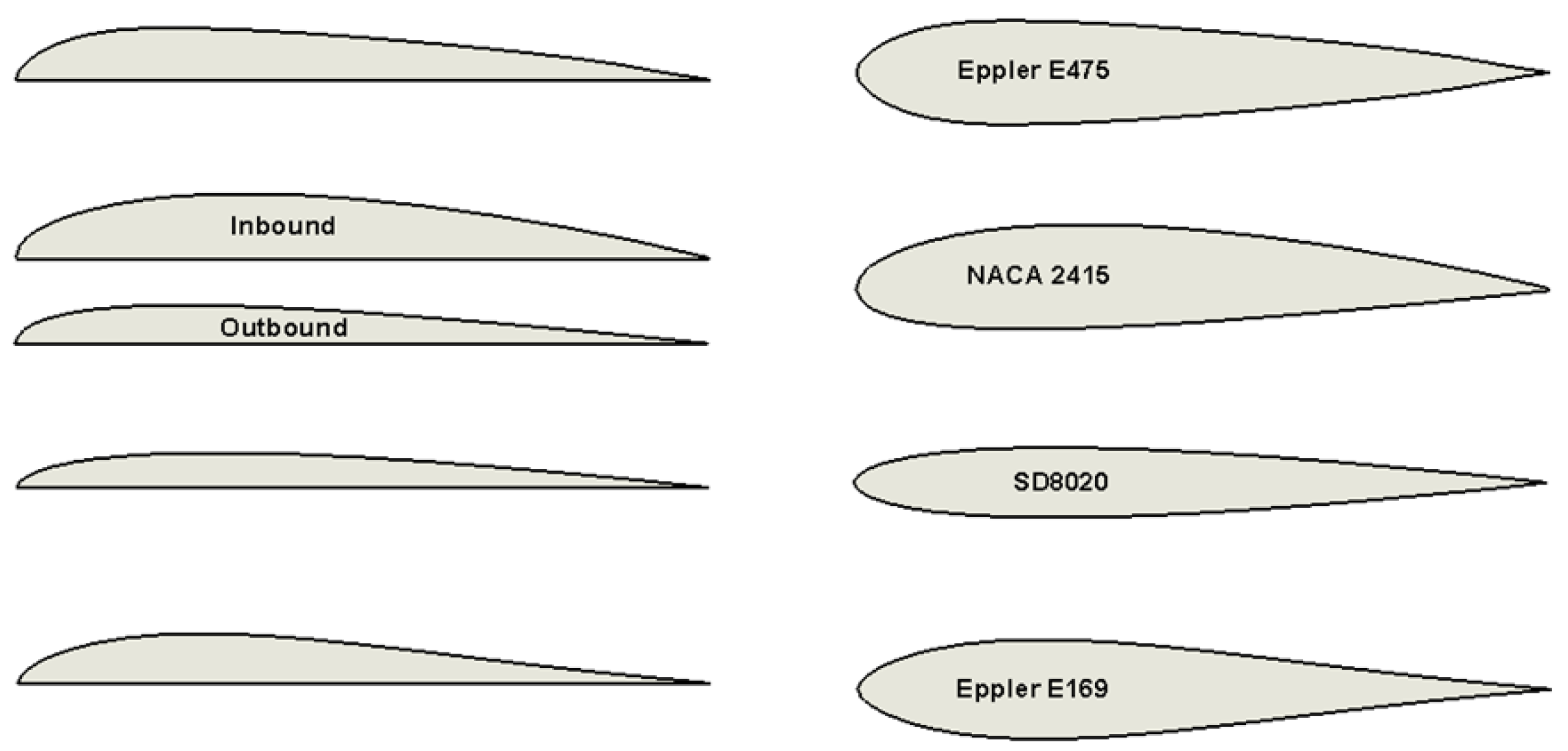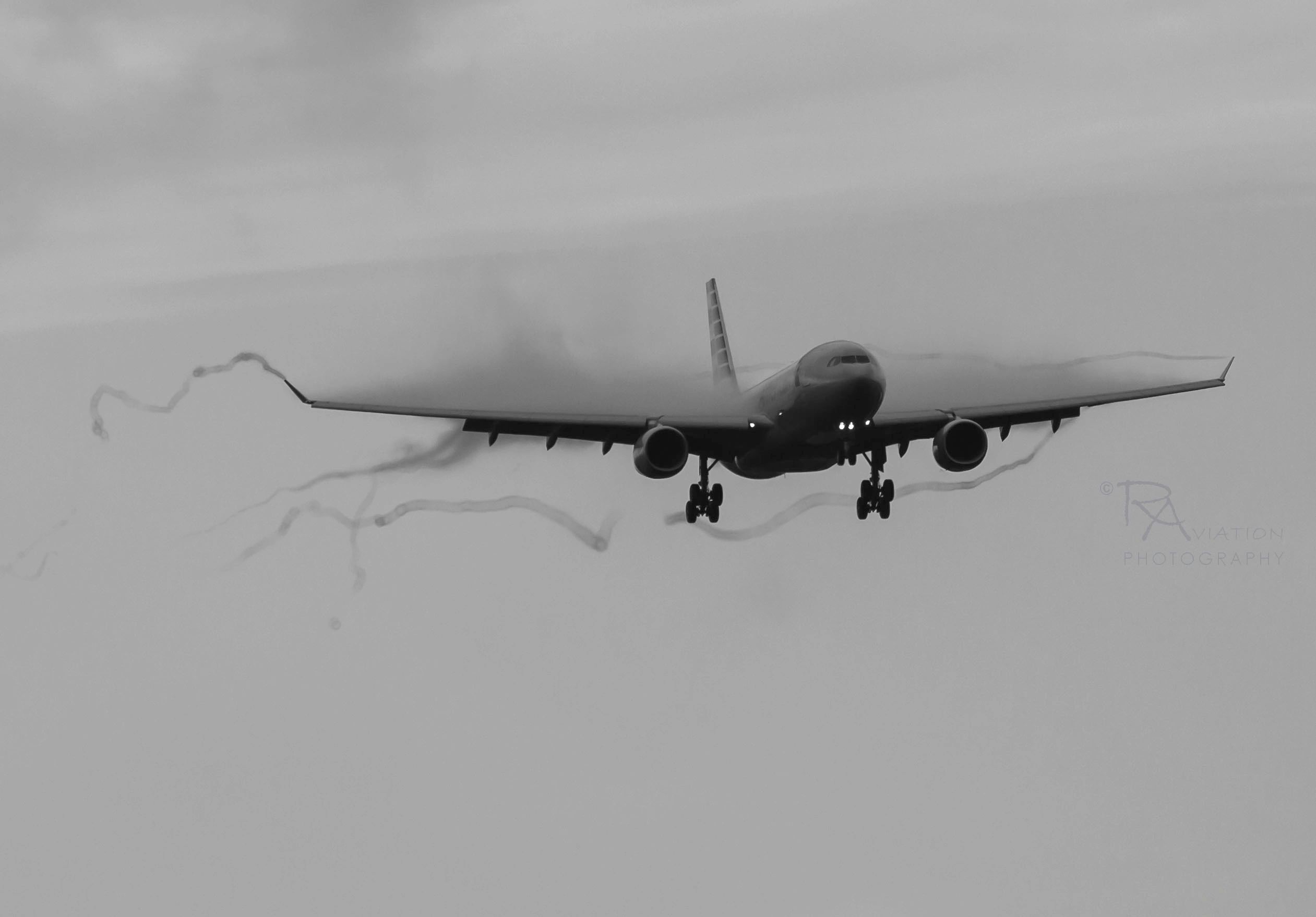

The PA-28 series uses the NACA 65(2)-415 airfoil, sometimes categorized as a laminar flow airfoil, although this is not precisely what happens in operation. Figure 5: Ground Effect from Hoerner’s Fluid Dynamic Drag (1965) Reason #4: Airfoil drag bucket Surprisingly, the tapered wing’s dihedral coupled with a longer wingspan would tend to mitigate differences between the wings. Using Hoerner’s estimate of the reduction of induced drag below, the short wing estimate is 48% of the free-air induced drag, the extended wing 47% and the tapered wing 46%.Īlthough the change in magnitude is substantial, the ratio delta between the wings is relatively minor. Estimating the mean wing height gives a height/wingspan ratio of 0.086 for the constant wing, 0.084 for the extended wing and 0.0825 for the tapered wing. Ground effect strongly changes the magnitude of induced drag. Increasing span and carefully tapering a wing significantly decreases overall induced drag. Figure 4: Induced Drag Estimate from prl2 The tapered wing has an induced drag 32% lower than the constant chord wing. In contrast, the tapered wing has less downwash at the tips and more closely approaches an elliptical lift distribution, especially at cruise flight conditions.īut what does this mean? Plotting the induced drag indicates that the extended wing has an induced drag 17% lower than the constant chord wing. This lift distribution is not elliptical as the downwash is not constant. Notice that the constant chord wing has significantly more downwash (red curves) at the tips.

Figure 3: PA-28 Lift Distribution: constant chord (top), extended constant (center) and tapered (bottom) Using my Prandtl lifting line software, the wings’ geometries and the airfoil properties, I computed the following lift distributions (blue curves) across an AOA range from -5 to 15 degrees in Figure 3. The tapered wing is operating closer to the optimal elliptical lift distribution such that the induced drag is lower still. However, this does NOT tell all of the story. the ratio of AR), since induced drag is proportional to k C L 2 where k is approximately 1/(pi AR). From Prandtl lifting line theory, we expect the induced drag to be about 10% lower for the higher aspect ratio wing (i.e. The shorter constant chord wing has an aspect ratio of 5.7. The extended constant chord wing has an aspect ratio of 6.5. The tapered wing has an aspect ratio of b 2/S = 420 2/170 = 7.2. Increasing aspect ratio, AR, tends to decrease induced drag for a given lift coefficient – all other things equal.

Since induced drag is proportional to k C L 2, we might expect the tapered wing’s C L 2 to be about 12% lower than the constant chord wing. All things equal, the tapered wing can operate at a 6% lower lift coefficient compared to the constant chord wing. The tapered and extended constant chord wing have about 6% more area than the shorter 180 wing. The tapered wing has 3 degrees of washout at the tips. The constant chord wings have no washout. In fact, the PA-28 180 Extended and 181 have 170 ft 2 wing areas whereas the 180 has 160 ft 2. The tapered wing has a longer wingspan (35 ft vs 32.25 ft vs 30 ft) but the same root chord of 63 in. Figure 2: Closeup of the PA-28 wing geometry The aircraft are essentially identical except for the wing planform, so for more insight, zoom into the wing shapes with Figure 2.

The geometries taken from three POHs are in Figure 1: Figure 1: Piper Cherokee Wings: PA-28 180 Constant chord (left), extended (center) and PA-28 181 Tapered (right) A Starting Point: Geometryįor the purposes of this engineering note, we will focus on the 180 hp versions: the PA-28 180 (constant), PA-28 180 Extended and PA-28 181 (tapered). In this note, I will discuss 4 reasons for this behavior and allow you insight into how design choices affect performance. In particular, the newer tapered Cherokee wings are known -two examples are at and at – to give substantially longer landing float than the constant chord wings -all other things being equal. The Piper Cherokee constant chord “Hershey Bar” and tapered wings exhibit significantly different landing behaviors.


 0 kommentar(er)
0 kommentar(er)
